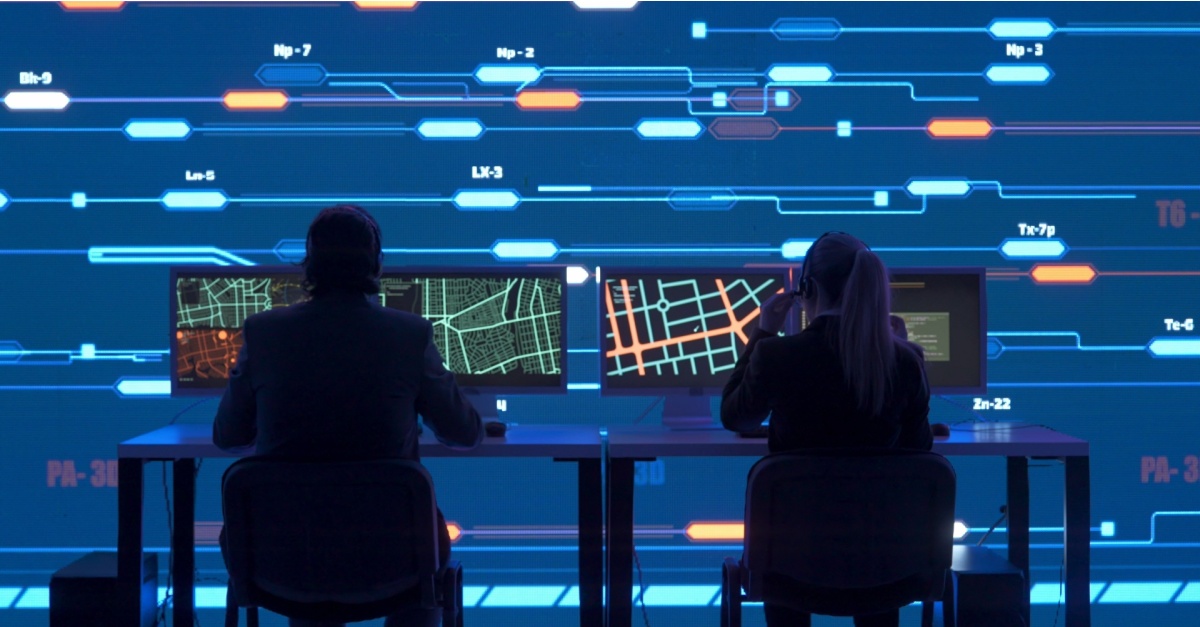The Magical World of Supply Chain Sensors

May 10, 2017
July 8, 2025
x min read

One question we hear a lot at Tive is, “how is your sensor solution different from X?”. We thought we’d provide a quick overview of the types of sensors companies are using in the supply chain, with some historical context. We’re going to focus just on sensors in this piece, not to minimize the importance of the software solution that turns raw data into something useful for managers.
Overview
We’re going to cover four types of sensors in roughly historical order: Data loggers, RFID (passive and avtice), gateway- or hub-based solutions, and cellular-connected.

Data Loggers
Data loggers are most common in the cold chain space, where shippers are required to maintain goods within a specific temperature range. These devices range from very simple yes/no indicators (in some case chemical strips) to simple electronic devices that capture and record data, to more complex devices that can signal an alert in some fashion. By far the most common type is the “USB logger”, small device that samples the ambient temperature at a pre-set rate and records it on an internal memory chip. When the package arrives at the destination, the receiver removes the device and (ideally) downloads the data for archiving. The device sometimes also has a visible indicator to tell the receiver whether there has been a temperature excursion during the trip, though this is typically a Yes/No indicator.

RFID (Radio Frequency Identification)
RFID systems use either a passive chip (which responds to a reading device) or an active chip (which transmits information actively) to encode small amounts of data. These tags can be placed on inventory like razor blades or assets like computers or trucks. Passive tags (which are far more common) report an identification number or other short data when “read” by a electronic device like a wand or a gateway (think of the security gate at the front of a retail store). RFID systems became quite the rage in the late 1990’s and early 2000’s as companies like Walmart embraced the idea that they could track individual inventory items as they moved through the supply chain. Unfortunately consumers expressed concerns about privacy, and it turned out that the costs of setting up readers at every relevant location and connecting the software between enterprises were much larger than the benefits for many applications, so RFID shifted from the “holy grail” of end to end supply chain visibility to a very useful tool in specific applications.

Gateway- or Hub-based Sensors
There are a variety of “active” sensors that transmit over a short range, for example using Bluetooth, WiFi or an unregulated frequency. These sensors have the benefits of potentially being low-power and relatively inexpensive. The downside is that they require a hub or gateway to pass the data from the local sensor to a remote location where it’s useful. These sensors are often used for fixed assets like machinery in a production facility. A sensor is installed on each machine which transmits data to a hub somewhere in the local vicinity, which in turn transmits the data to a server over landline or wireless transmission.

Cellular-connected Sensors
Cellular connected sensors collect data and transmit it to a server using the same cellular network your phone uses. Historically these sensors have been relatively expensive and had short battery lives, as cellular transmission requires a fair amount of power. Recent advances in hardware and data plans are changing this equation, however. Hardware companies have realized that there are many applications for cellular connectivity that do not require the sort of expensive chip that a cell phone requires, and at the same time carriers are creating new data plans geared toward small, infrequent transmissions (as opposed to streaming videos to your cell phone). The result is that cellular-connected sensors are costing less and lasting longer than ever before.
Conclusion
“Different strokes for different folks” pretty much sums this one up. As you can see from the descriptions above, each of the sensors lists here has applications where it really shines, and other applications that aren’t as good a fit. The key (as with so many things) is choosing the technology that matches the problem you’re trying to solve.
As an example, Tive designed a cellular-connected sensor to solve the problem of tracking inventory in transit, which allows coverage essentially everywhere on land (not so much in the oceans, but that’s the topic for a different blog post). With our new low-power design and a small footprint, we are taking advantage of the rapid changes in this specific technology.
If you’re interested in learning more about why we chose this particular technology, feel free to contact us!


